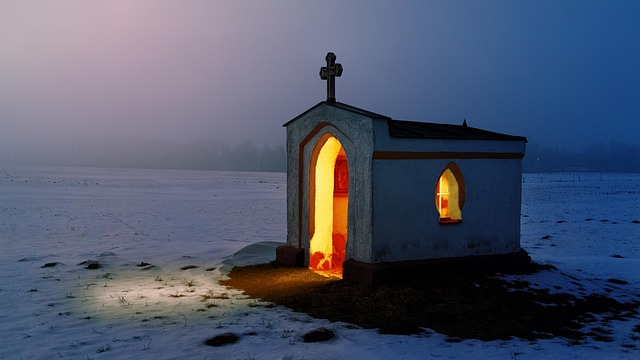Photography is an art form that involves more than just capturing what the eye sees; it’s about interpreting emotions and moments through the lens of a camera. One of the most crucial elements that can elevate a photograph to stunning heights is the use of indirect light. Understanding how to master this unique lighting technique can transform ordinary scenes into breathtaking visual narratives.
Indirect light refers to light that is diffused and scattered before it reaches the subject. Unlike direct light, which can create harsh shadows and stark contrasts, indirect light wraps around objects gently, highlighting textures and colors in a way that evokes emotion and mood. Think of a soft overcast day where clouds act as a natural diffuser, casting a serene light that reveals the beauty of a landscape or portrait without overwhelming contrasts.
When you’re out with your camera, seeking indirect light can dramatically change the way you approach a shot. The beauty of this lighting lies in its ability to create a soft, even illumination that flatters your subjects. This is particularly crucial in portrait photography, where you want to capture the essence of a person without the distractions caused by harsh shadows. When shooting portraits in indirect light, consider positioning your subject near a window on a cloudy day. The light filtering through the clouds creates a soft, natural glow that enhances skin tones and reduces the occurrence of blemishes.
Moreover, the world of nature photography is equally enriched by indirect light. Take the time to observe locations during the golden hours—shortly after sunrise or just before sunset—when the light is warm and gentle. During these times, you’ll find that indirect light brings out the vibrant colors in foliage and flowers, making them pop against a soft backdrop. This period is often referred to as the “magic hour” in photography, as the quality of light can enhance the mood of your images significantly.
When navigating different lighting scenarios, the use of optics becomes pivotal. Variable ND filters can help you control the amount of light entering your lens, allowing for the perfect balance when working with indirect light. By managing exposure, you can retain details in both highlights and shadows, producing images that tell a complete story. Additionally, experimenting with your aperture settings can further manipulate how indirect light impacts your exposure, allowing for dreamy bokeh effects or sharp, detailed images.
In the realm of still-life photography, embracing indirect light can inspire creativity. Consider setting up your subjects near a shaded window or under an awning, where the light is softer. This approach allows the intricate details of everyday objects to shine, creating a narrative and inviting viewers to appreciate the world around them. As you work with the different textures and forms, observe how indirect light interacts with surfaces, from the reflection of glass to the softness of fabrics.
In essence, mastering the nuances of indirect light will enhance your photography skills and allow you to capture emotions that resonate with your audience. As you continue to practice and experiment with various lighting conditions, remember that photography is about more than just the technical aspects—it’s about telling a story, evoking feelings, and captivating the viewer’s imagination. So grab your camera, step into that soft light, and let your creativity flourish!




